June 28, 2018
Ten demonstrable truths about the workplace you may not know
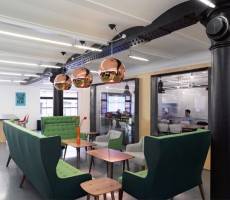 The science of the workplace has gained a lot of interest over the last few years, highlighting recurring patterns of human behaviour as well as how organisational behaviour relates to office design. In theory, knowledge from this growing body of research could be used to inform design. In practice, this is rarely the case. A survey of 420 architects and designers highlighted a large gap between research and practice: while 80 percent of respondents agreed that more evidence was needed on the impact of design, 68 percent admitted they never reviewed literature and 71 percent said they never engaged in any sort of post-occupancy evaluation. Only 5 percent undertake a formal POE and just 1 percent do so in a rigorous fashion. Not a single practitioner reported a report on the occupied scheme, despite its importance in understanding the impact of a design.
The science of the workplace has gained a lot of interest over the last few years, highlighting recurring patterns of human behaviour as well as how organisational behaviour relates to office design. In theory, knowledge from this growing body of research could be used to inform design. In practice, this is rarely the case. A survey of 420 architects and designers highlighted a large gap between research and practice: while 80 percent of respondents agreed that more evidence was needed on the impact of design, 68 percent admitted they never reviewed literature and 71 percent said they never engaged in any sort of post-occupancy evaluation. Only 5 percent undertake a formal POE and just 1 percent do so in a rigorous fashion. Not a single practitioner reported a report on the occupied scheme, despite its importance in understanding the impact of a design.





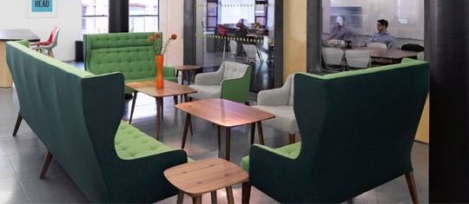
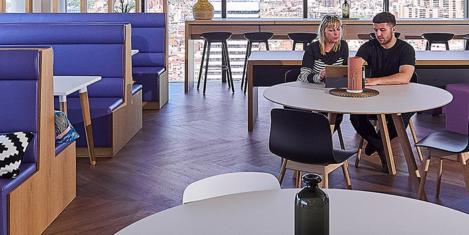
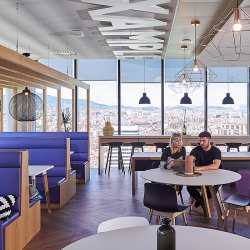




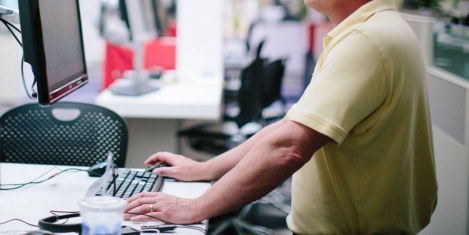
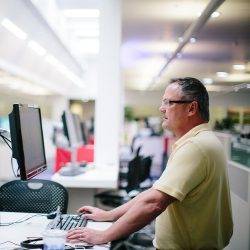

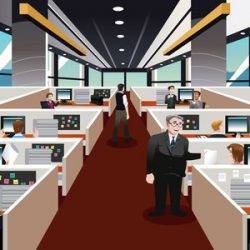



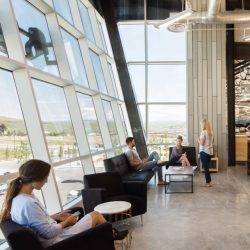















July 5, 2018
Why a Google office simply does not work for everybody 0
by Dr Caroline M. Burns • Comment, Facilities management, Technology, Workplace design
(more…)